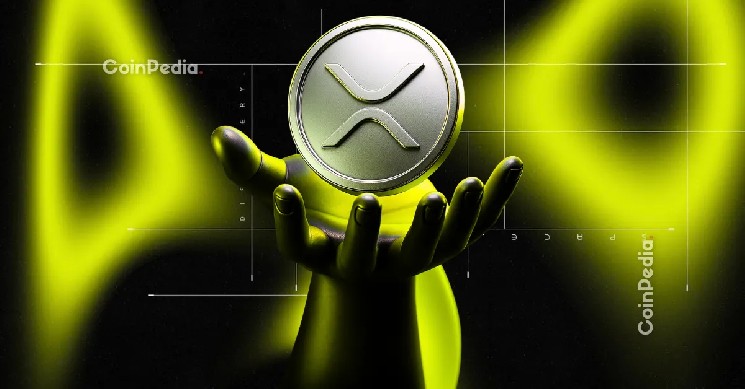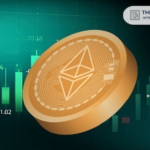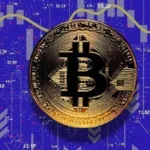Analysts say XRP could become a critical liquidity bridge in the $20-30 trillion tokenized asset economy, and Ripple’s new partnership and growing interest from institutional investors are sparking bold prospects.
As XRPL adoption increases and regulation advances, experts predict that XRP could evolve from a payments rail to the core tokenization infrastructure supporting the next era of digital finance.
Ripple is once again in the spotlight, this time with the announcement of Swell 2025 and new partnerships with Mastercard, Webbank, and Gemini for stablecoin payments using RLUSD.
As blockchain companies expand their real-world payments utility, a new story is emerging that could redefine XRP’s long-term role.
A bold new prediction by financial commentator Zack Rector has sparked a major debate across the crypto community this week, as he claims that XRP could play a central role in the $30 trillion market opportunity created by the tokenization of real-world assets.
According to the university president, assets worth between $20 trillion and $30 trillion, including real estate, stocks, bonds, and commodities, could be transferred to blockchain over the next 10 years. He cites estimates from Ripple and Boston Consulting Group (BCG) that predict tokenized assets will reach between $12 trillion and $23 trillion by 2033.
“Tokenization is the biggest opportunity in finance as a whole, next to global payments,” Rector said, adding that XRP could serve as a liquidity bridge connecting tokenized assets to traditional capital flows.
From payments to tokenization infrastructure
While XRP is widely known for enabling cross-border payments, Rector believes the next big evolution lies in providing liquidity for tokenized assets, effectively turning the XRP Ledger (XRPL) into the plumbing of a new financial system.
Recent developments seem to confirm that vision. The XRP Ledger has begun attracting top financial institutions such as BlackRock and VanEck, and is reportedly considering tokenizing money market funds through a company called Scrutinize. The initiative leverages a token named RLUSD (Ripple USD) to facilitate on-chain redemptions and marks one of the first major steps towards institutional-grade financial products on XRPL.
Ripple’s expanding ecosystem
Ripple has been quietly strengthening its presence within the organization through major acquisitions.
- G-Treasury connects Ripple to thousands of banks and corporate finance networks around the world.
- Hidden Road has been rebranded to Ripple Prime. It is a prime brokerage platform serving institutional clients and plans to settle trades on the XRP Ledger.
These moves have enabled Ripple to process potentially trillions of dollars of post-trade settlement transactions with minimal cost and near-instantaneous speed.
Regulation and the way forward
The Chancellor also highlighted the role of future regulations, particularly the proposed Clarity Act in the United States, which aims to define digital assets and remove uncertainty for implementation. Once these frameworks are in place, he believes banks, hedge funds, and fintech companies could start using XRPL for decentralized finance (DeFi) such as lending, trading, and token issuance.
Still, Rector cautioned investors not to assume that tokenization alone will increase the price of XRP.
“Liquidity and actual usage, not just the existence of the token, will determine the true demand for XRP,” he pointed out.
While some in the community remain skeptical, others see these developments as part of long-term structural change rather than short-term hype. The convergence of traditional finance and blockchain-based infrastructure is becoming increasingly evident, and XRP could be central to that integration.
If even a portion of this projected $30 trillion shift goes through the XRP ledger, it could have a significant impact on both XRP holders and the broader financial environment.
As the world moves closer to a tokenized economy, it appears that XRP is quietly building the foundation of what could be the next big evolution in digital finance.









